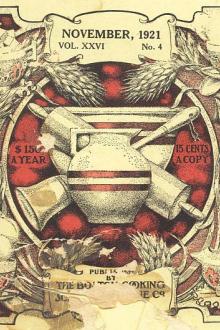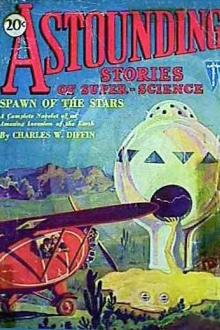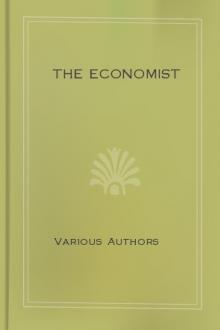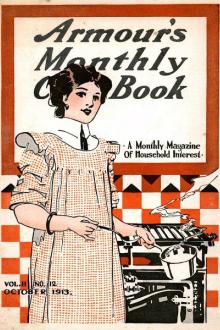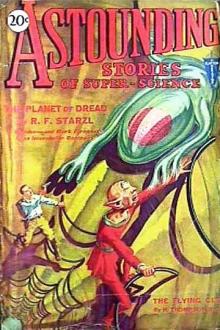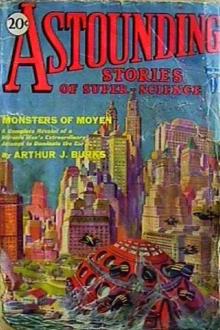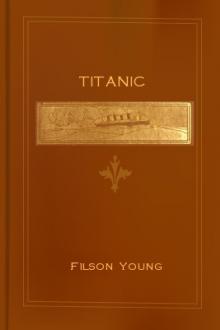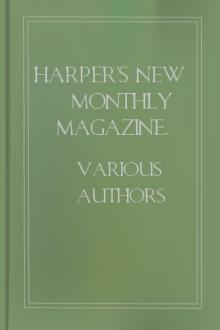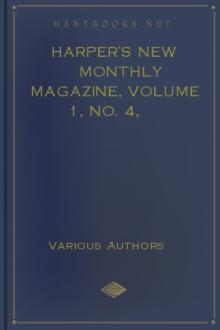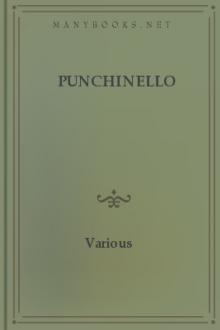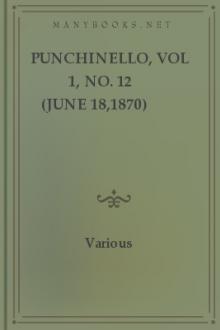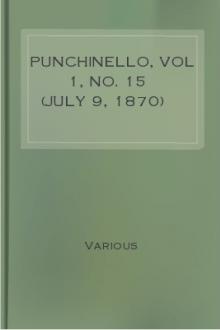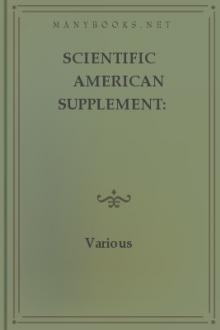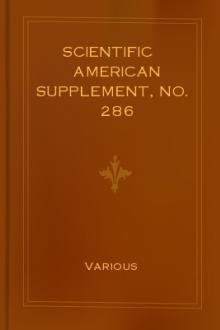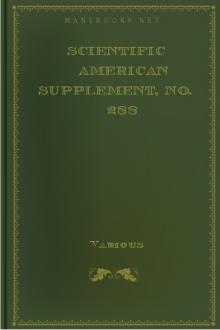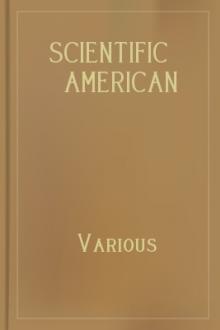Scientific American Supplement, No. 363 (Dec 16, 1882)
Scientific American Supplement, No. 363 (Dec 16, 1882)
Book Excerpt
in repeating and extending these experiments, being satisfied that the
grand agents of nature are, by the Creator's fiat, _indestructible_, and
that wherever mechanical force is expended, an exact equivalent of heat
is always obtained."
This was the first determination of the dynamical equivalent of heat. Other naturalists and experimenters about the same time were attempting to compare the quantity of heat produced under certain circumstances with the quantity of work expended in producing it; and results and deductions (some of them very remarkable) were given by Séguin (1839), Mayer (1842), Colding (1843), founded partly on experiment, and partly on a kind of metaphysical reasoning. It was Joule, however, who first definitely proposed the problem of determining the relation between heat produced and work done in any mechanical action, and solved the problem directly.
It is not to be supposed that Joule's discovery and the results of his investigation met with immediate attention or with read
FREE EBOOKS AND DEALS
(view all)Popular books in Periodical
Readers reviews
0.0
LoginSign up
Be the first to review this book
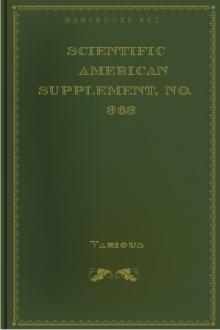
 Free Download
Free Download











